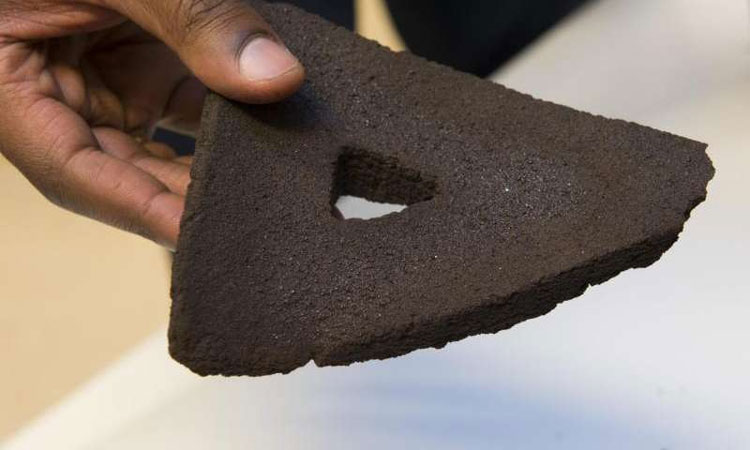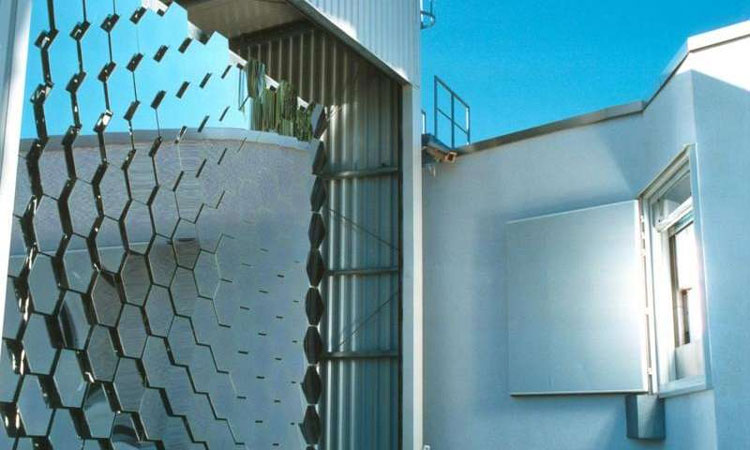Moondust bricks printed with heat from the sun
Using concentrated sunlight, bricks have been 3D printed out of simulated moondust – proving in principle that future lunar colonists could one day use the same approach to build settlements on the moon.
“We took simulated lunar material and cooked it in a solar furnace,” explained materials engineer Advenit Makaya, overseeing the project for ESA.
“This was done on a 3D printer table, to bake successive 0.1mm layers of moondust at 1000°C. We can complete a 20x10x3cm brick for building in around five hours.”

As raw material, the test used commercially available simulated lunar soil based on terrestrial volcanic material, processed to mimic the composition and grain sizes of genuine moondust.
The solar furnace at the DLR German Aerospace Center facility in Cologne has two working setups. As a baseline, 147 curved mirrors focus sunlight into a high-temperature beam to melt the soil grains together. But the weather in northern Europe does not always cooperate, so the sun is sometimes simulated by an array of xenon lamps more typically found in cinema projectors.
The resulting bricks have the equivalent strength of gypsum, and are set to undergo detailed mechanical testing.
Some bricks show some warping at the edges, Advenit adds, because their edges cool faster than the center: “We’re looking how to manage this effect, perhaps by occasionally accelerating the printing speed so that less heat accumulates within the brick.
“But for now this project is a proof of concept, showing that such a lunar construction method is indeed feasible.”
Following this ESA General Support Technology Programme study, the follow-up RegoLight project is being backed through the EU’s Horizon 2020 program.

Advenit adds: “Our demonstration took place in standard atmospheric conditions, but RegoLight will probe the printing of bricks in representative lunar conditions: vacuum and high-temperature extremes.”
ESA’s effort follows a previous lunar 3D printing project, but that approach required a binding salt. The new technique calls for only the 3D printer plus solar concentrator to be conveyed to the moon.
This continuing research is part of a range of studies being undertaken by ESA investigating techniques to use in-situ lunar resources for manufacturing infrastructure and hardware.
Tommaso Ghidini, heading ESA’s Materials and Processes, notes, “For a mission like building a base on the moon surface, in-situ resource utilization will certainly be one of the most important enabling technologies. This result offers the opportunity of a complete sustainable approach.
“Back on Earth, 3D printing of civil structures using solar power and in-situ resources could support rapid construction of post-disaster emergency shelters, removing long, costly and often inefficient supply chains.”

Comments are closed, but trackbacks and pingbacks are open.